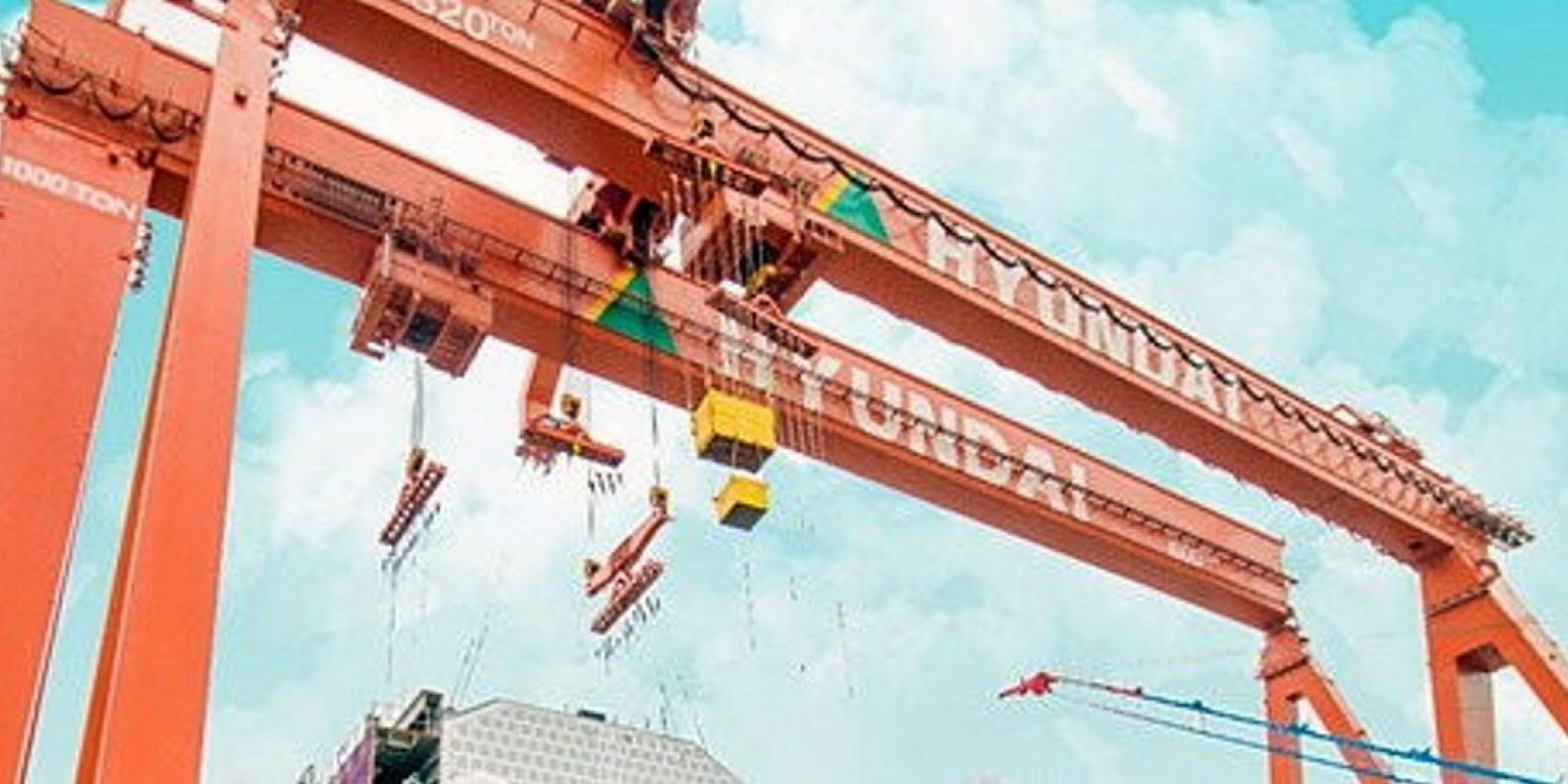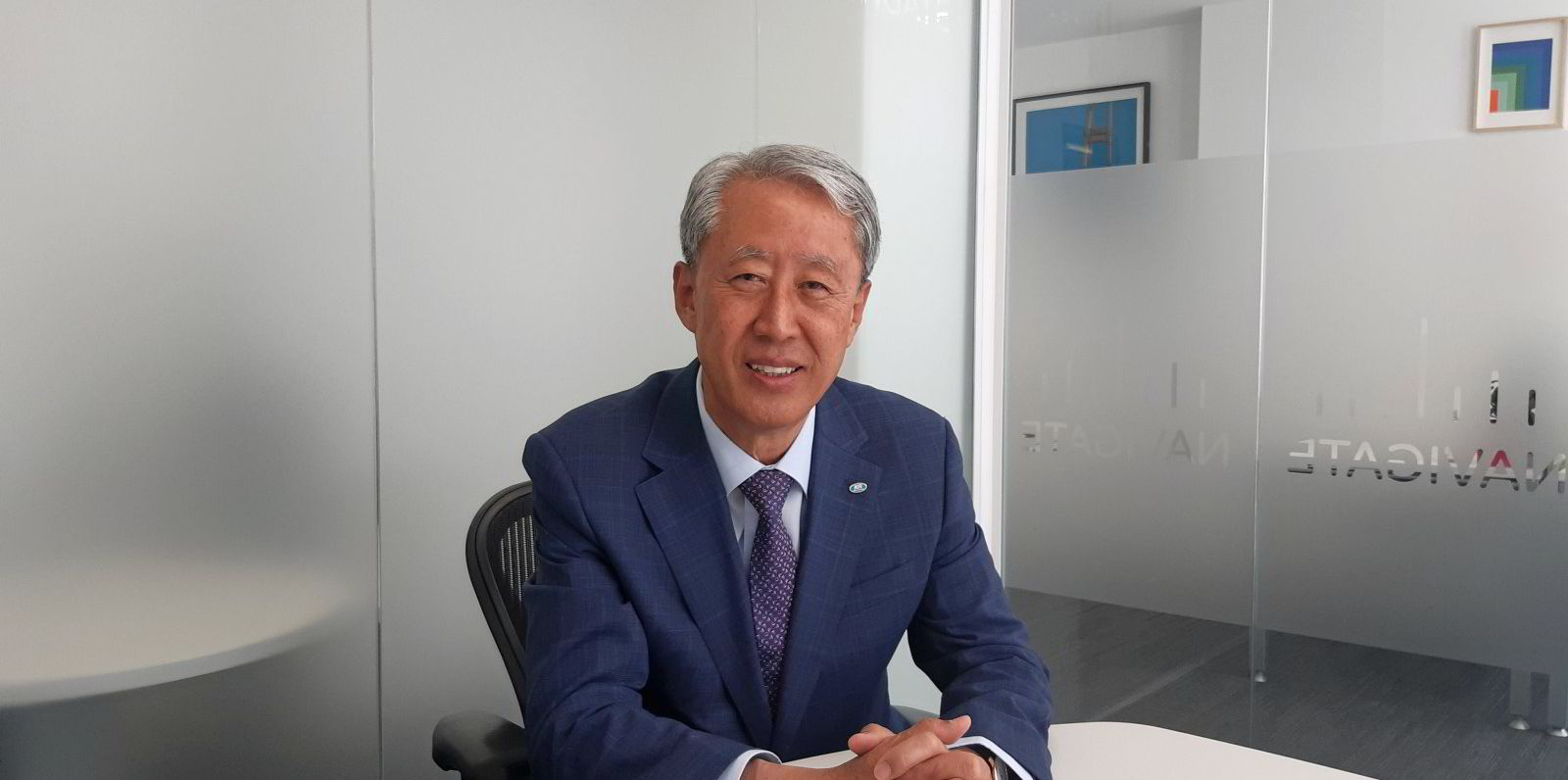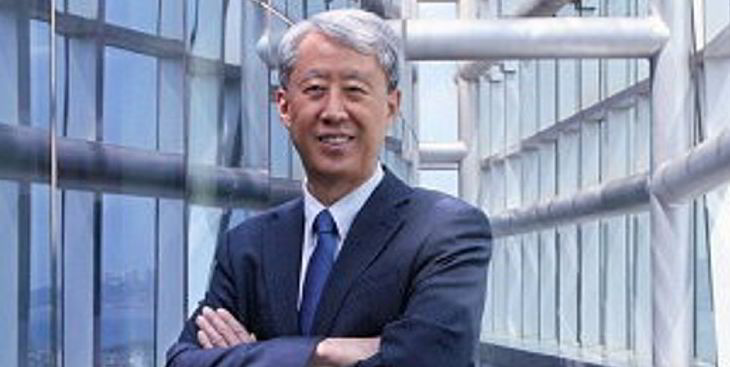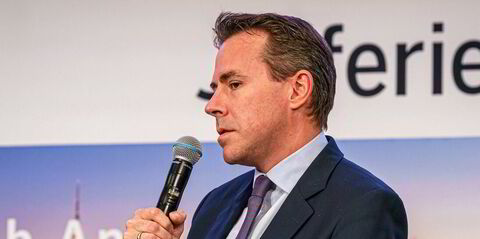Decades of work in building business relationships in the West is starting to pay off for the Korean Register (KR).
As business activity began to pick up after the Covid-19 lockdown, the Busan-based classification society concluded a series of classification contracts for newbuildings involving well-known shipping names.
Among the most recent deals, KR agreed to provide classification services for two 7,600-ceu car carriers for Ray Car Carriers, four 8,000-teu container ships from Danaos and a series of MR tankers from Singapore-based Navig8.
Current KR chief executive Hyung-chul Lee is seeing the results of the work he began when he was appointed business development officer in 2005.
“I had regular visits to shipping companies in Europe and tried to convince them to try to maintain vessels with KR class,” Lee said.
“Over time they realised how good KR service is. Frankly speaking, I feel confident saying KR’s technical expertise is the best in the world, but it is just not very well known by Western shipping companies. Once they have experienced KR, then they have confidence in the service we are providing.”
Extra business from the West will be critical for Lee to achieve his goal of increasing the size of the classed fleet to 100m gt from the current level of 75m gt. He has set the additional target of raising the amount of non-Korean income from 30% to 50% by 2030.
The current business plan is to increase revenue from traditional classification work to help it expand a wider range of commercial technical services.
KR was particularly pleased with the Danaos contract because it was the first newbuilding order that the owner had placed in 15 years and it opted to go with KR.
The Navig8 contract also involved ships that would be built outside South Korea in China.
KR’s relationship with Wwestern shipping companies usually begins when they buy vessels that are under KR class and continue to use its services.
In the US, Diamond S Shipping had a number of ships under KR class that have continued under the company’s new owner, International Seaways.
Car carrier fires
The Ray Car Carriers classification contract came partly as the result of work KR had done on suppressing fires on car carriers caused by electric vehicles.
KR had already done work in this field with local carmakers Kia and Hyundai Motors, and was recommending a high expansion foam system as the way forward for car carriers transporting electrical cars.
“We were lucky because at the request of local customers, we carried out a study on how to extinguish fires involving battery-powered vehicles,” Lee said. “Then Ray Shipping asked the same questions, and we submitted the research.”

The close relationship between KR and the South Korean industry is also paying off in terms of offering an opportunity to get ahead in the field of decarbonisation.
South Korean trader Lotte, for example, is working closely with KR on a project to import ammonia. Steel maker Posco — another of KR’s clients — wants to import ammonia through Lotte as a way of decarbonising its manufacturing process. Hyundai Heavy Industries and shipping company HMM are involved in trying to get the scheme up and running in what could turn out to be one of the first fully commercialised zero-carbon shipping projects.
“There are lots of projects like this,” Lee said.
The list of decarbonisation projects includes a zero-emission, 16,000-teu container ship with Daewoo Shipbuilding & Marine Engineering, a methanol-fuelled VLCC with HHI, and a 40,000-cbm CO2 carrier with Hyundai Mipo Dockyard. There is also ongoing work with Samsung Heavy Industries and the Atomic Nuclear Research Institute on developing a nuclear ship that will use molten salt reactors.
Another area in which Lee thinks KR can excel is in developing 3D ship-design software as part of a plan to become fully digitalised. Lee thinks KR may have an advantage because of South Korea’s expertise in the world of IT. KR employs naval architects who are also skilled in IT.
“Other class societies outsource IT work but we have in-house IT experts who are also naval architects so, in our case, we can develop sophisticated software ourselves,” he said. “Most shipyards are now using KR-developed ship-design software.”





